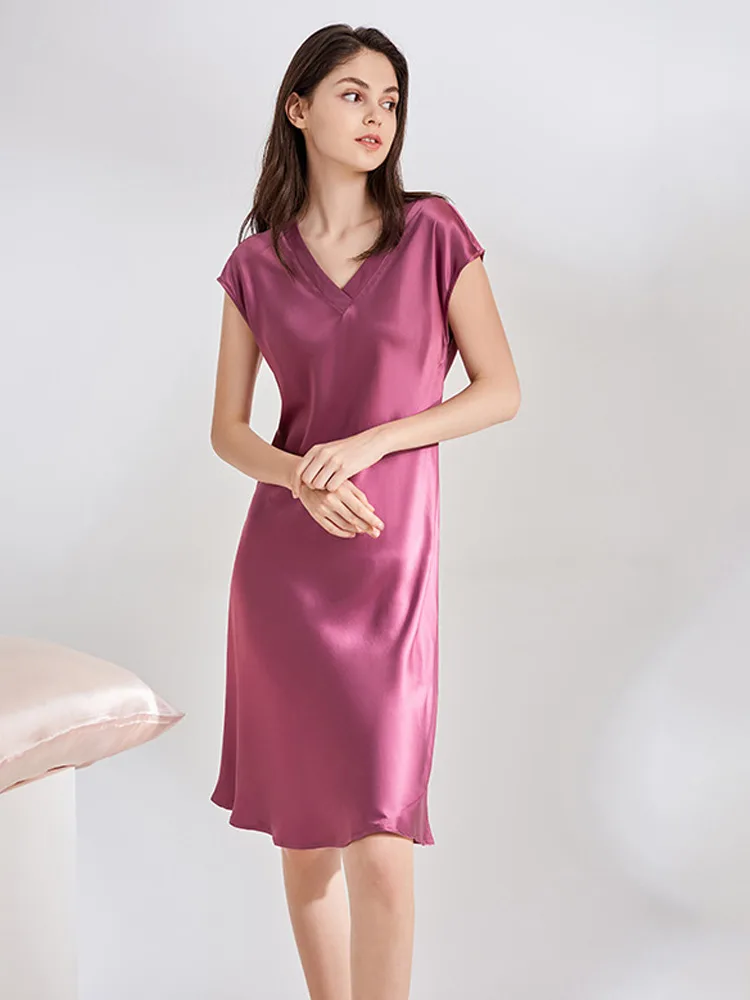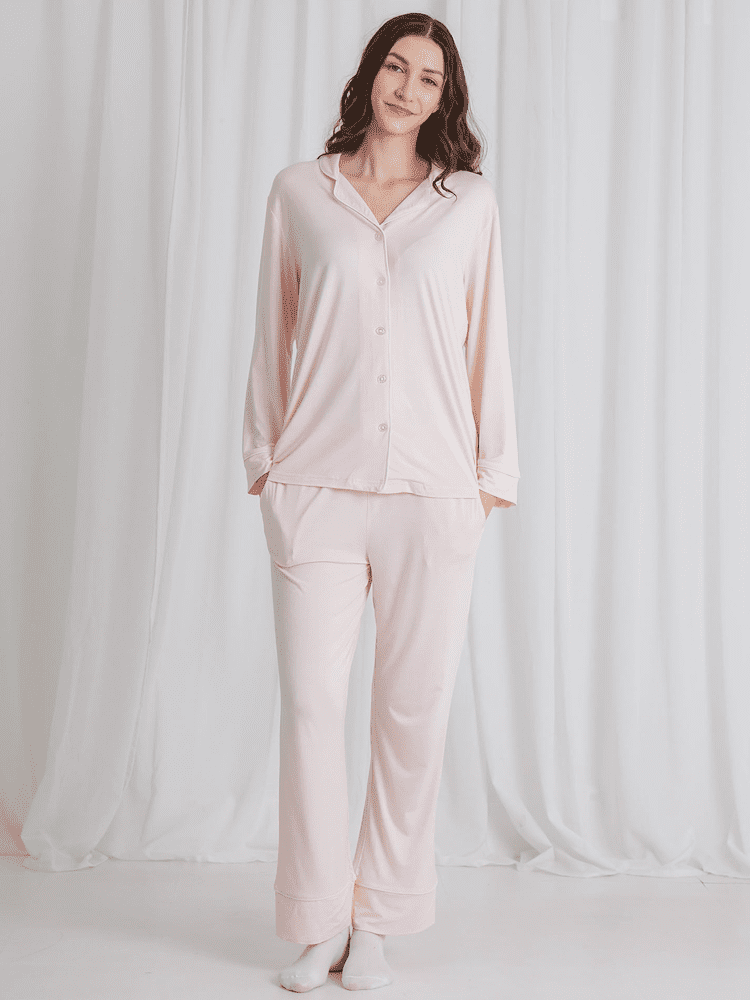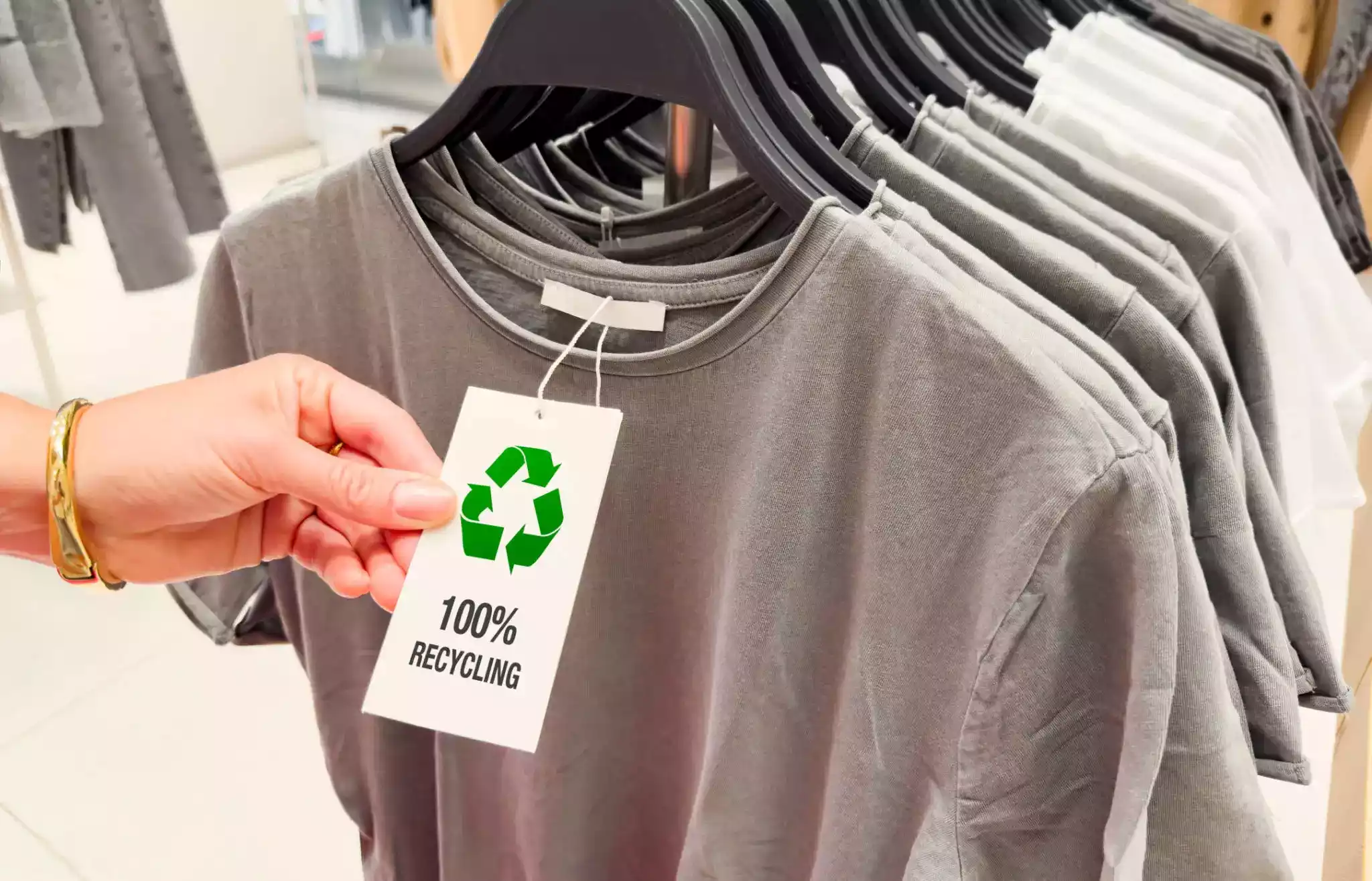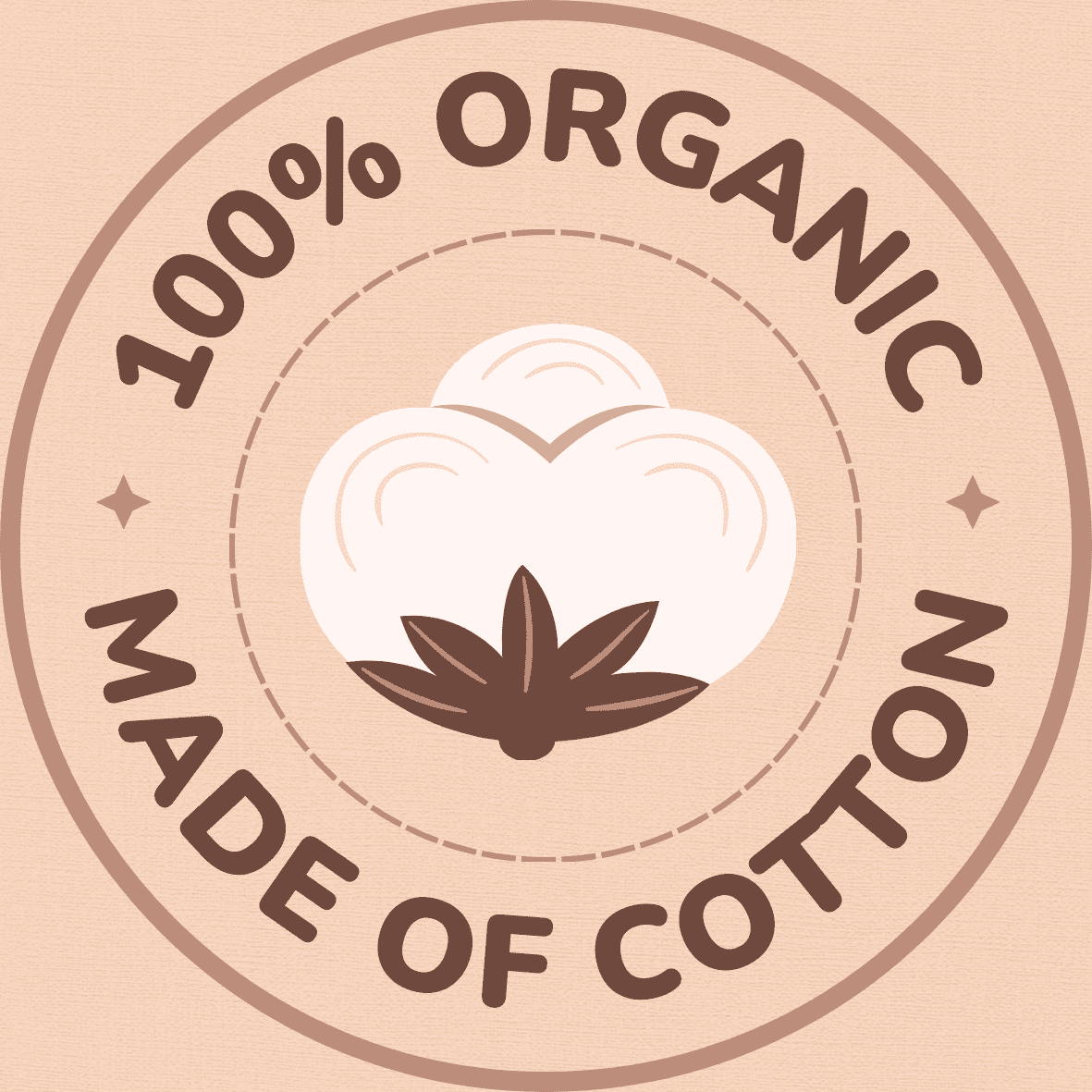Unlocking the Secrets of Clothing Production Process: From Design to Wearable Art
Clothing production process is an intricate choreography of various disciplines, technology, and artistry. The complexity behind each piece of apparel that graces a retail store extends much beyond the simple, tailored appearance perceived by consumers. It is indeed a creative voyage that starts with a mere concept, then voyages through myriad processes such as design conceptualization, fabric selection, pattern making, prototyping, cutting, sewing till it comes to rest as a tangible wardrobe essential.
Delving into the cloth production process, we find a realm characterized by meticulous attention to detail, precision, and a high degree of skill. Each phase of the production, from the first thread to the final embellishments, is driven by the prerogative of meeting standards of aesthetics and utility. The clothing line production process furthers the complexity by introducing scales of operation, which calls for specialized management strategies to ensure efficiency, quality control, and timely delivery. These aspects underline the intriguing depth and breadth of processes involved in the realm of apparel creation.
The Initial Stage: Conceptualizing the Design
Understanding the clothing production process starts with the birthplace of a garment: the initial design concept. This vital first stage is where inspiration comes to life, uniting the visions of the fashion designer and the realities of manufacturing. In this stage, designers vividly imagine the garment, carefully choosing its silhouette, detailing, color, and overall aesthetic. This step not only requires immense creativity, but also a functional awareness of market trends and consumer needs. This conceptual phase is, without a doubt, the foundation upon which the entire production process is built.
The production process of clothing then advances from the drawing board to constructive development. Designers and product developers meticulously convert their blueprints into tangible forms, collaborating with pattern-makers and technicians. They must consider every minute detail, ranging from the type of fabric that will bring their vision to life, to the exact measurements needed for each size. At this juncture of the production process clothing industry experts must successfully meld design innovation with technical feasibility, ultimately manifesting the design concept into a workable, producible garment.
• The initial design concept is the birthplace of a garment, where the designer’s vision and manufacturing realities unite.
• In this stage, designers imagine the garment in detail, selecting its silhouette, detailing, color scheme and overall aesthetic.
• This step requires not just creativity but also an understanding of market trends and consumer needs.
• The conceptual phase is essential as it forms the foundation for all subsequent stages in the production process.
The clothing production process then progresses from ideation to actual development:
• Designers collaborate with product developers to transform their designs into tangible items.
• Collaboration extends to pattern-makers and technicians who bring precision to each piece.
• Every minute detail must be considered – from choosing fabric that complements their design vision to determining exact measurements for different sizes.
• At this point in production, there should be a successful merger between innovative design ideas and technical feasibility.
• It is here that a workable, producible garment evolves from being merely a design concept.
Diving Deeper: Fabric Selection and Procurement

The journey of a piece of clothing from a mere idea to the retail rack is no doubt an intricate one, heavily reliant on various stages, one of which is the selection of fabrics and its procurement. This step dictates not just the aesthetic of the final product, but also greatly influences the production process of making clothes. From minimum order quantities and lead times to quality and drape, every attribute of the fabric type plays a critical role in shaping the garment’s look, feel, and price.
Delving further, natural fibers such as cotton, silk, wool, and linen each offer unique properties and involve different processes for production – which can significantly impact the overall production process of clothes. For instance, the silk cloth production process, from silk cocoon handling to thread extraction, requires a fully dedicated and expert human touch. The chosen fabric can dictate not just the creative design intricacies, but also the technical facets like pattern-making, stitching techniques, and even the shipping requirements. Thus, fabric selection and procurement is not only a vital stage, but the backbone of the entire clothing manufacturing process.
Patterns and Prototyping: The Blueprint of Fashion
Once designs have been conceptualized, the clothing design production process proceeds to a crucial stage – pattern creation and prototyping. Patterns serve as the blueprint of the garment, determining its precise shape, silhouette, and measurements. Expert pattern makers meticulously translate the designer’s vision into a set of instructions, defining every detail from the number and shape of the pieces to the position of seams, notches, darts, and pleats. This level of detail and specificity ensures consistency in the production line, increasing efficiency and reducing waste.
To answer the question, what was the process of cloth production after pattern creation? The answer lies in prototyping, also known as sample-making. This is where the first physical version of the design comes to life, created according to the patterns. The clothes production process then further evolves as the prototype is scrutinized for fit, comfort, aesthetic appeal, and overall execution. Adjustments are made, and the patterns are often tweaked and perfected as per the requirements of the sample physical version. This iterative process of sampling and adjustment continues until the design is deemed ready for mass production.
The Real Deal: Cutting and Sewing the Cloth
In the heart of the clothing factory production process lies the intricate task of cutting and sewing the cloth. From the meticulously crafted pattern, the fabric is masterfully cut in identical pieces which provide the physical parameters to construct the garment. This stage is not simply about precision but also about understanding the interactions of different fabrics, their stretchability and how patterns overlap and interact with each other. The process ensures that fabric is not wasted, fostering efficiency and sustainability in the production cycle.
Once the fabric pieces are cut out accurately, they are assembled delicately with expert sewing techniques. Sewing is an art as much as it is a technical skill, as it threads through the very essence of the clothing manufacturing production process. It binds fabric pieces together, seamlessly integrating them into a piece of attire designed with purpose and aesthetic appeal. This stage is where the clothing product development process really starts to come alive, as the initial design concept finally takes its physical form. Each stitch is an affirmation of quality, a commitment made by the manufacturer to the buyer.
Quality Assurance: The Crucial Stages of Inspection

As garments travel along the intricate path delineated by the clothing production process flow chart, they arrive at a crucial juncture, the quality assurance. At this point in the fabrication process, every article of clothing undergoes rigorous inspection to determine whether it meets the established quality standards. Detailed inspections are carried out to ensure the perfect integration of each element of the garment, including pattern alignment, proper stitching, and precision in measurements. It is also a stage where potential defects such as untrimmed threads, missing buttons, or improper hemming are identified and rectified.
For instance, in the cotton cloth production process, quality assurance plays a particularly cardinal role. This meticulous procedure ensures that the transformation from cotton production to cloth process imbues integrity, durability, and the desired comfort in every piece of garment crafted from cotton. A comprehensive examination of the cloth includes checks for colorfastness, shrinkage, and accurate gradation among other factors. Thus, quality assurance serves as a powerful guardrail in the fashion manufacturing industry, minimizing the scope of defects and ensuring the overall consistency and quality of the final output.
Embellishments and Additional Features: Adding Life to the Garment
In the modern reality of fashion, the addition of embellishments and other features plays a crucial role in defining the garment’s overall aesthetic appeal. Such embellishments not only add a dash of style and sophistication to the attire but also encompass the essence of the brand’s identity and theme. Through the lens of eco-friendly clothing production processes, designers are now adorning garments with natural embellishments. These could be organic dye prints, recycled metal accessories or even botanical elements; all contributing to the fascinating blend of style and sustainability.
Shifting the focus to the technicality of clothing production, one must appreciate the complexity of product and process layout in clothing manufacturing. This process layout is an intricate mechanism that enables the simultaneous development of multiple garments with varying designs, patterns and sizes. Be it an elaborate embroidery or a chunky applique, these enhancements are tactical add-ons in the garment’s construction, adding a unique selling proposition to the product. Meanwhile, the fair trade clothing production process assures that the labor involved in bringing these additional features to life are fairly compensated and acknowledged. This not only elevates the ethical fabric of the fashion industry but also adds to the garment’s intrinsic value.
Final Touches: Pressing and Packaging
The clothing manufacturing industry is an intricate process, comprising multiple stages from design to delivery. One of the most overlooked but fundamental steps in this process is the final touches, namely pressing and packaging. Pressing is a meticulous process that removes unwanted creases, folds or wrinkles from the garment, giving it a polished and superior appearance. It demands unparalleled attention to detail, as the quality of pressing can significantly impact the garment’s final look.
On the other hand, packaging encloses the garments for safe transport, storing and ultimately sale. It is in this stage that the process of clothing production, quite literally, wraps up. This part of the process, while seemingly straightforward, requires an understanding of environmental sustainability. Much of the pollutions from the clothing production process come not from the process of production of silk cloth or synthetic materials, but from non-recyclable and single-use packaging materials. Increasingly, manufacturers are called to approach this final step with green considerations in mind, with packaging innovation becoming an industry in its own right. Through these last stages, the garment is perfected, protected, and ultimately prepared for its debut on the retail floor.
From Production Line to Retail: The Journey of Clothing

The production process for clothing is a multifaceted operation that transforms a creative concept into a tangible product wearable by consumers. The final garment, once created, embarks on a noteworthy journey from the production lines to retail stores worldwide. This trip is an essential part of the supply chain in the clothing industry and a notable extension of the manufacturing process. It involves several phases, including storage, distribution, and eventually, the retail showcase where the item gets its chance to captivate and engage potential buyers.
Delving deeper into the production process of the clothing industry, it’s important to understand that this journey is equally critical as the manufacturing steps. Operational inefficiencies in this phase could potentially lead to delayed deliveries, stock shortages, or unfulfilled orders- all of which could have severe implications on brand reputation and profitability. Consequently, the process of clothing production doesn’t end at the factory; it’s a sweeping cascade that extends across warehouses, distribution networks, retail spaces, and finally, into customers’ wardrobes.
Wearable Art: The Fusion of Creativity and Functionality in Fashion
Bringing together the realms of art and practicality, the fashion industry has long since transcended beyond being merely about clothing and style. It has evolved into a form of expressive art, vividly capturing the essence of different cultures, eras, and societal paradigms. This amalgamation is brought to life by visionary designers who continually push the boundaries of creativity and innovation. However, fashion doesn’t abandon its pragmatic side amid its artistic pursuits, as designers need to ensure the end product’s functionality and comfort.
Industry-leading artists and designers harmoniously blend together various aspects like fabric durability, comfort, aesthetic appeal, and cultural relevance in their creations. The fusion of these elements forms a delicate balance between artistry and functionality—one which the industry often refers to as ‘wearable art’. This unique approach to design demonstrates how clothing can transform into a canvas that showcases the designer’s personal style and vision, all the while maintaining the garment’s practical attributes. Thus, wearable art truly exemplifies the harmonious marriage between creativity and functionality in the field of fashion.
FAQs
What is the initial stage in the creation of wearable art in fashion?
The initial stage involves conceptualizing the design. This is where the designer visualizes the final product and creates sketches or digital illustrations to bring the idea to life.
What is the role of fabric selection and procurement in wearable art?
Fabric selection and procurement are crucial in the creation of wearable art. The chosen fabric should not only align with the designer’s vision but also provide durability and comfort. The procurement process ensures the necessary materials are acquired in the right quantity and quality.
How are patterns and prototypes used in fashion?
Patterns and prototypes serve as the blueprint of fashion. These help in laying out the design on the fabrics, and highlight the dimensions and structure of the garment. Prototypes, on the other hand, are trial versions of the final product, allowing for adjustments before the final production.
How does the process of cutting and sewing the cloth affect the final garment?
Cutting and sewing the cloth is the stage where the design comes to life. The precision in cutting and sewing determines the fit and look of the final garment, making it an essential part of the production process.
What stages are involved in quality assurance in wearable art creation?
Quality assurance involves several stages of inspection to ensure the final product meets the desired standards. This includes scrutinizing the materials, checking the sewing, evaluating the fit, and verifying the overall appearance of the garment.
How are embellishments and additional features significant in wearable art?
Embellishments and additional features add life to the garment. They provide a unique character to the design, enhancing its aesthetic appeal. These can include elements like embroidery, sequins, buttons, or unique stitching techniques.
What are the final touches in the production of wearable art?
The final touches involve pressing and packaging the garment. Pressing gives the garment a polished look, while packaging ensures its safe delivery to the retail stores or direct customers.
How does a piece of clothing journey from the production line to retail?
Once the garment passes all the production stages, it is ready to be distributed to retail stores. This involves logistics planning, inventory management, marketing, and sales strategies to reach the end consumers.
What is the significance of the fusion of creativity and functionality in fashion?
The fusion of creativity and functionality in fashion results in wearable art. It allows designers to create pieces that are not only visually appealing but also comfortable and practical for everyday wear. This fusion is what makes fashion an expressive and dynamic field.




